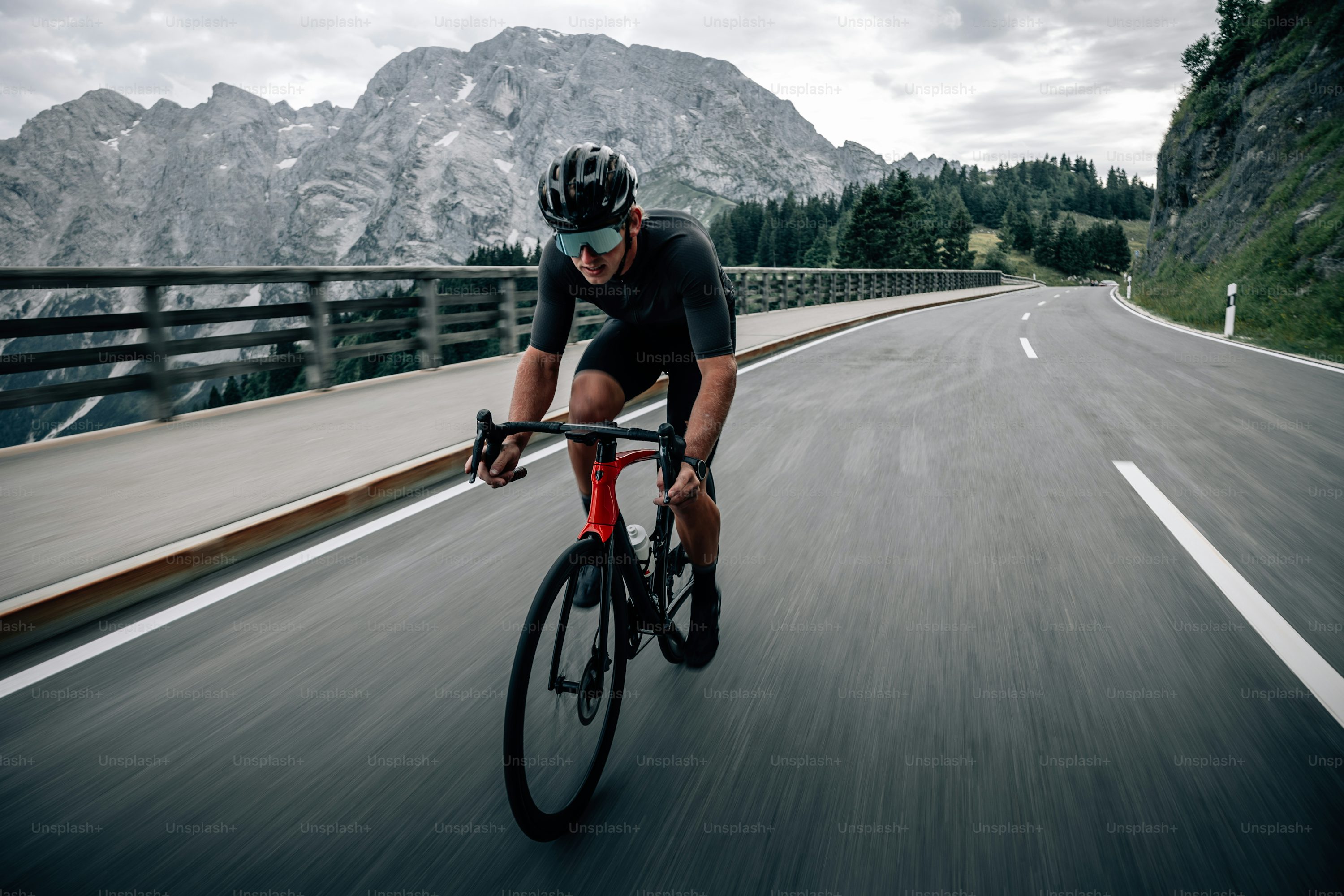Cycling Power and the Pursuit of Minimal Gains

In the world of cycling, it’s easy to obsess over big upgrades — lighter bikes, carbon wheels, aerodynamic helmets — but what often gets overlooked are the minimal gains: those small, seemingly insignificant improvements that can add up to real performance benefits over time. When you're chasing PRs, Strava KOMs, or just trying to hang on during group rides, every watt matters.
What Is "Power" in Cycling?
Cycling power, measured in watts, is essentially how hard you're pushing the pedals. It’s a product of torque (how hard you push) and cadence (how fast you spin). If you're riding at 250 watts, that means your legs are generating 250 joules of energy every second — not a small feat.
Power is the gold standard for measuring performance on the bike because it’s objective. Unlike speed, which is affected by wind and terrain, power tells the truth. That’s why power meters have become so popular among serious cyclists.
The Myth of the Huge Gain
A lot of riders think they need to make huge improvements to see results. But the reality is that small changes — in your training, technique, equipment, and even your habits — can yield measurable benefits. These are the "minimal gains" that pro cyclists and top amateurs chase relentlessly.
For example, improving your aerodynamics by adjusting your position can save you 10–20 watts at 40km/h. That's the same effect as buying a set of $2,000 wheels — and all it took was a few tweaks to your posture.
Where to Find Minimal Gains
Here are some areas where minimal gains can make a big impact:
- Cadence optimization: Finding your ideal cadence (often 85–95 RPM) can help you ride more efficiently and delay fatigue.
- Tire pressure: Just 5 PSI too high or low can affect rolling resistance. Dialing in your pressure based on your weight, tires, and terrain can save watts.
- Chain lubrication: A properly cleaned and lubed chain can save you 3–5 watts compared to a dirty one.
- Clothing fit: A flapping jersey can easily cost you 10+ watts at speed. A well-fitting kit makes a surprising difference.
Training Smarter, Not Harder
You don’t need to add 50 watts to your FTP overnight. Instead, focus on consistent training, recovery, and technique. Incorporating sweet spot intervals, working on your core strength, or just getting an extra hour of sleep can all lead to better power output on the bike.
The Compounding Effect
Minimal gains are like compound interest. One small change won’t make you a beast — but five or six of them? That’s a different story. Shaving a few watts here and a few seconds there adds up, especially on longer rides or big climbs.
Final Thoughts
If you’re serious about cycling, don’t just chase the big wins. Look for the 1% improvements. Because in a sport where marginal differences separate podiums from pack finishers, the smallest change can be the one that matters most.
Happy riding, and may your watts be plentiful!